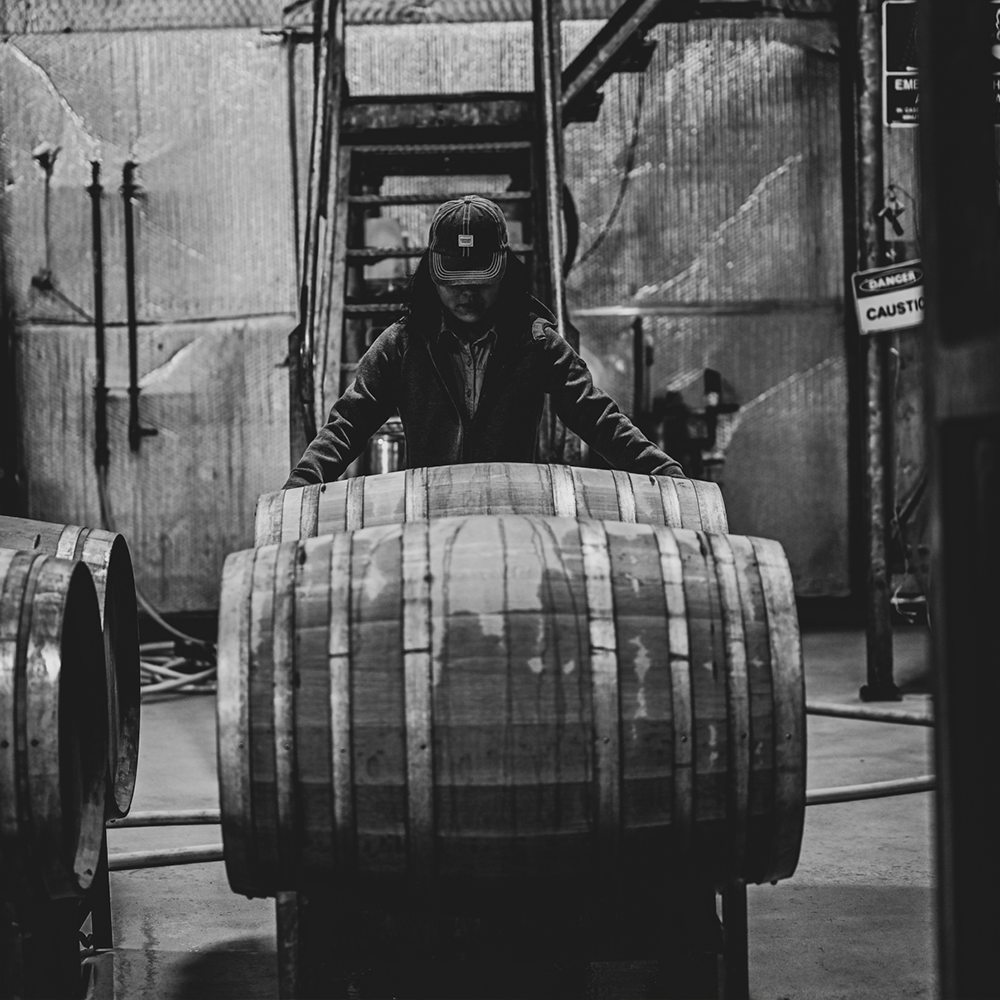THE AGE OF CHARDONNAY
Once upon a time, Australian Chardonnay wasn’t considered a cellar-worthy prospect. We all remember those older Australian styles – perhaps they even convinced you that Chardonnay just wasn’t your thing. Big, ripe, fruit-driven, full of butter and char from time on lees and oak. All the winemaking techniques thrown in, bar the kitchen sink. Many of these wines were exceptional in their youth, but a bit of time in the cellar and they often became broad and flabby – a shadow of their former selves.
For a while, Australian winemakers responded to these big, bold wines with much leaner, even austere expressions, but thankfully, a recent shift in philosophy has brought an array of more balanced expressions to the fore, putting Australian Chardonnay squarely on the global stage. As a result of this change, there’s now many extraordinary examples on the scene that make great candidates for the cellar.
Our Chief Winemaker, Tim Shand, suggests this is very apparent when it comes to Margaret River in particular. “The interesting thing is what’s going on internationally. People are saying that Margaret River Chardonnay is as good as any Chardonnay in the world. And it’s not just us in Australia, who’ve always celebrated one of their own. This is the likes of Jancis Robinson saying, ‘Hang on, I’ve just done a Burgundy tasting and a Margaret River tasting, and whilst stylistically different, quality-wise they’re on the same level.'
Youthful Australian Chardonnay shows a range of flavours depending on where it’s grown. In cooler regions like the Yarra Valley, you can expect to see yellow citrus, grapefruit and green apple, whilst Chardonnay from more moderate climates like Margaret River show riper stone fruit, exotic fruits and intense lime.
The focus in recent years has been toward preserving beautiful natural acidity, a critical factor in ageing, whilst pulling back on things like oak use, which can overwhelm pristine fruit characters. Another element is retaining phenolics through the winemaking process – naturally occurring compounds that contribute to the taste, colour and mouthfeel of the wine – that mean it will hold up better in the bottle over time.
However, whilst these factors are important, Tim suggests the biggest factor in determining how well a Chardonnay will age is the pedigree of the site from which it’s made. “First and foremost, the fruit must be exceptional. Then, it’s mostly about the aspect and the soil profile. There are some sites that are just never going to produce age-worthy wines. A wine’s longevity is actually the true test of a great site.”
At Voyager Estate, Broadvale Block 6 is one site that consistently produces age-worthy expressions of Chardonnay. Planted to the Burgundian Clone 95 on uniform chalky soils, the block is east-facing, capturing the morning sun. It produces Chardonnay with naturally bright acid and a taut minerality. “The trajectory of that wine is amazing,” says Tim. “Well worth putting down a few bottles if you have the patience. Over time, those acids become softer and more integrated, but the wine still holds an incredible line and length. You can also expect to see more of those complex honeyed nut characters coming through.”
Another important, more practical consideration once you’ve identified a cellar-worthy Chardonnay, is storage. “The ideal temperature for maturation is about 10 to 12 degrees," recommends Tim. “There’s no point spending your hard earned and then storing the wine incorrectly. That’s why it’s great to have access to aged releases through a winery, or other reputable source. You know where the wine’s come from and that it has been well looked after over the years. Many wines just won’t survive the temperature fluctuations of the Australian summer, unless they’re stored in ideal conditions at a constant temperature.”
